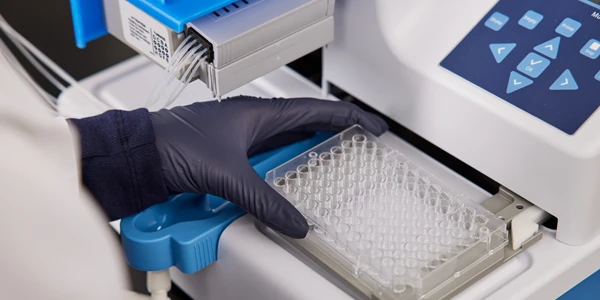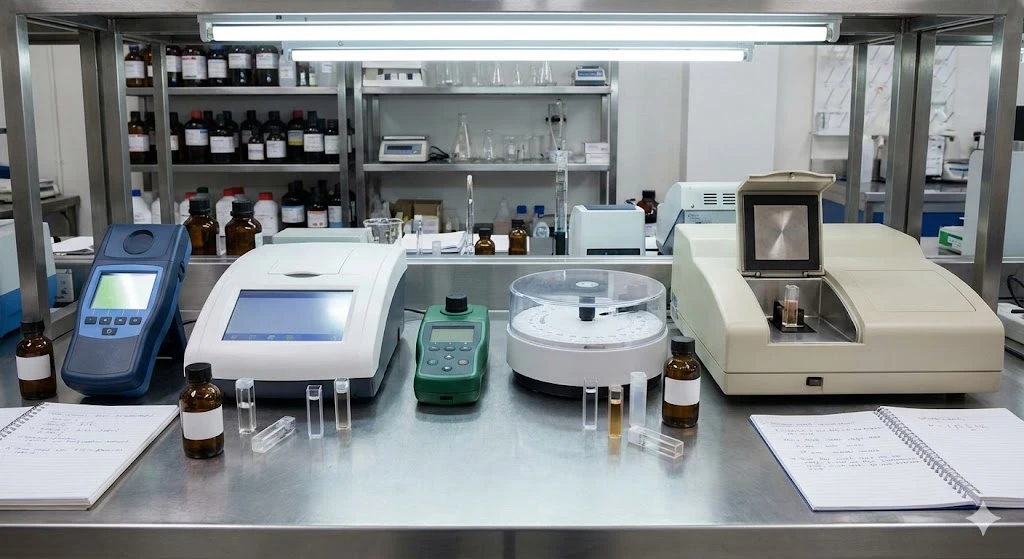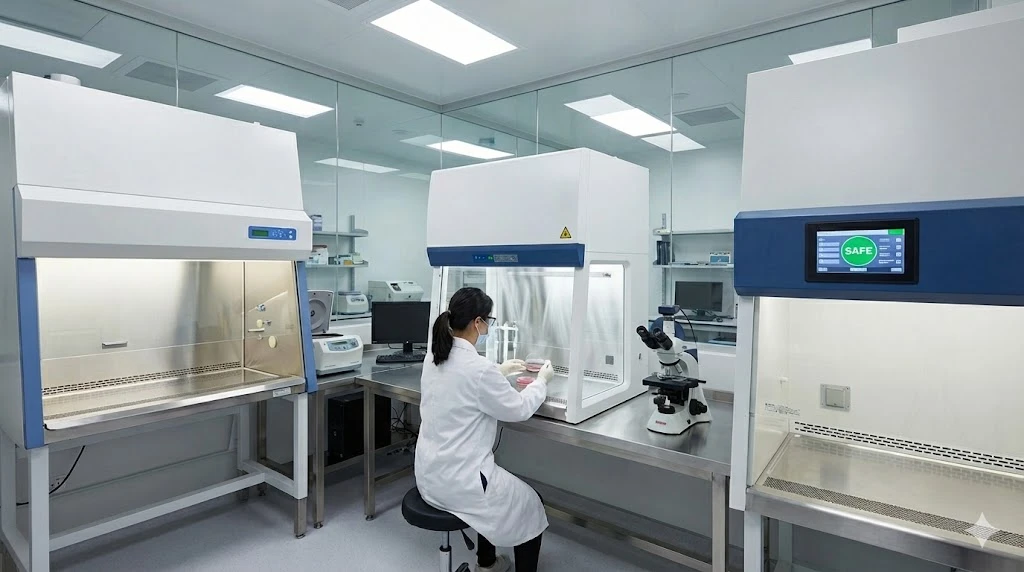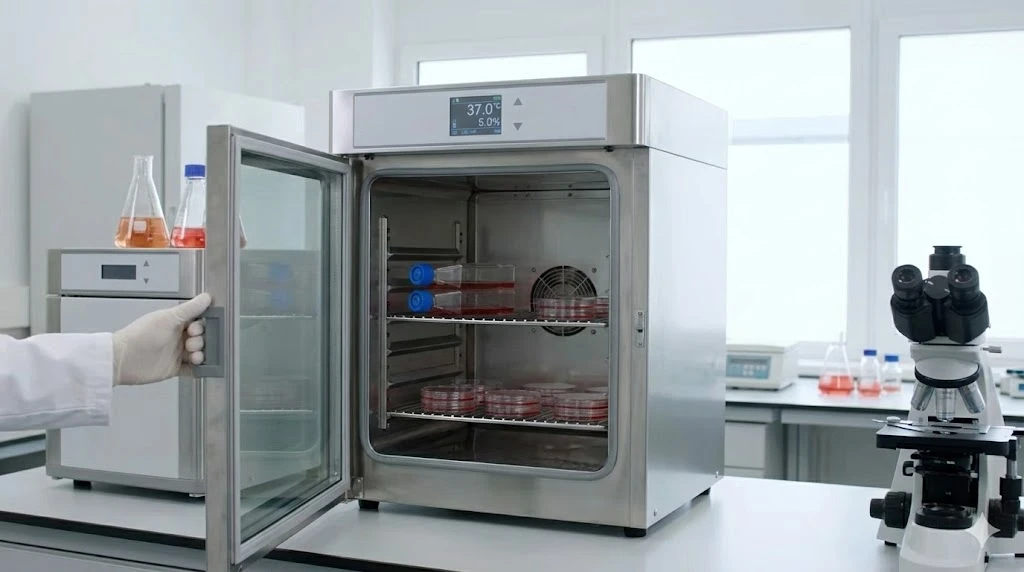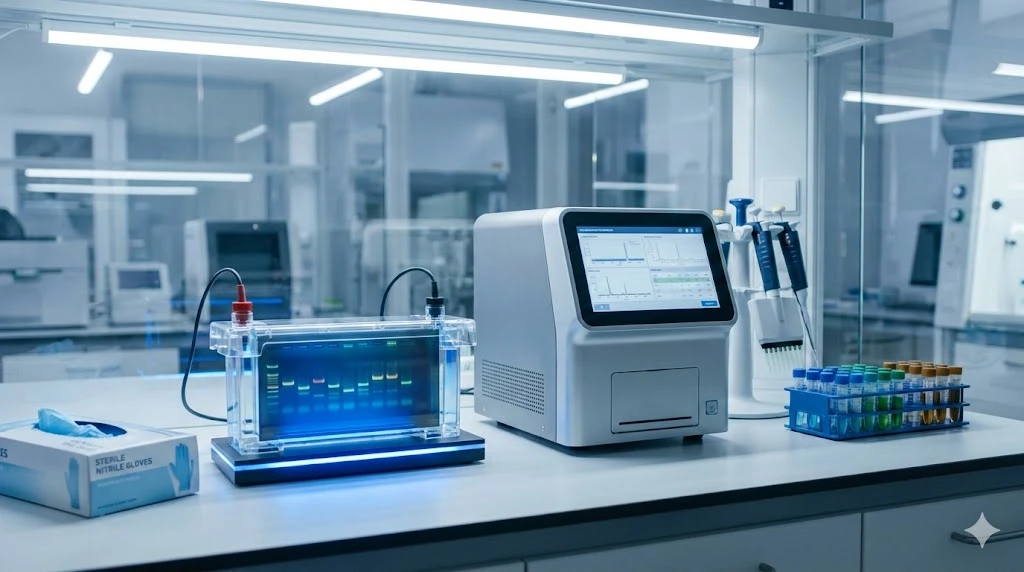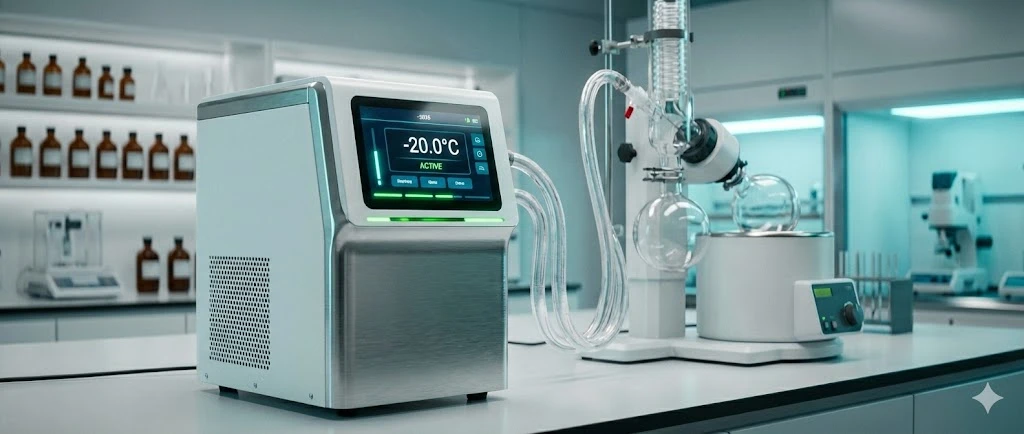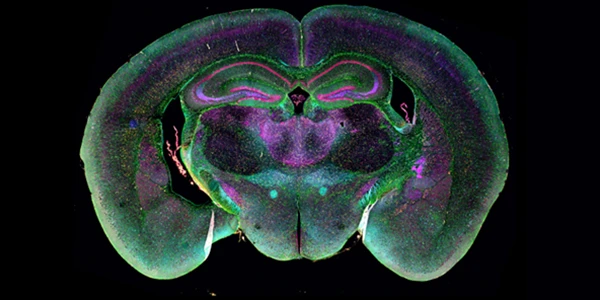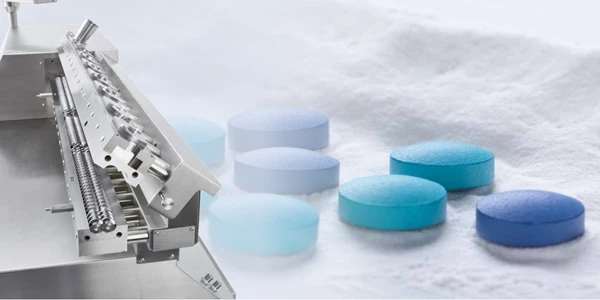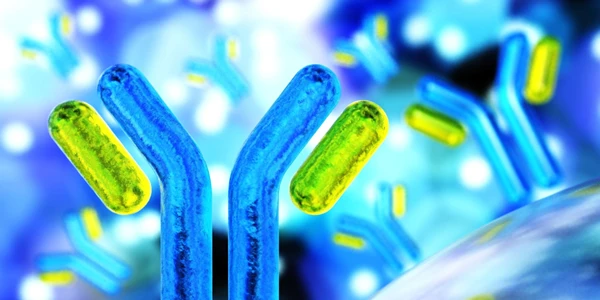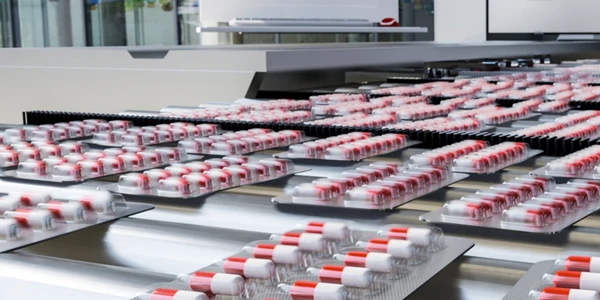Cannabis Heavy Metals Contaminant Testing by ICP-MS: How Does it Work?
Inductively coupled plasma mass spectrometry (ICP-MS) methods have become the state-of-the-art in cannabis testing, producing the highest sensitivity and specificity for metal contaminants analysis – but how do these techniques work?
Cannabis cultivation entails a number of variables including soil, moisture, fertilization, and lighting, among other considerations. Cultivation practices involving fertilizers and other additives may contribute to the presence of naturally-occurring ground contaminants such as heavy metals - arsenic, cadmium, lead, and mercury - which are present at varying levels in soil. As a “metal accumulator” cannabis plants can absorb and concentrate these metals, representing a significant health concern in raw material consumption. As well, downstream processing can further concentrate and even introduce new sources of these contaminants into manufactured consumables.
For these reasons, it is paramount to test for heavy metal contamination in raw cannabis materials and cannabis products, and many states have enacted regulations regarding test parameters and acceptance levels. The FDA and US Pharmacopeia, which dictate the testing methodologies and acceptance criteria associated with food, drug, cosmetic/personal care and dietary supplements, have recently moved away from traditional “wet chemistry” techniques, in favor of “greener” methods with higher sensitivity and specificity for target contaminants.
Atomic absorption (AA) and other atomic spectrometry techniques can readily identify heavy metals in solid materials and liquids. High-performance inductively coupled plasma mass spectrometry (ICP-MS) and variations thereof have quickly become the state-of-the-art testing technologies, producing the highest sensitivity and specificity for metals analysis. These technologies are very likely to see increased and perhaps universal adoption as the industry continues to grow and regulations evolve.
How does inductively coupled plasma (ICP) analysis work?
Inductively coupled plasma is plasma that has been ionized through inductively heating gas with an electromagnetic coil.
- What is plasma? It’s one of the four fundamental states of matter and is produced by heating a neutral gas, such as Argon, while subjecting it to a strong electromagnetic field. The process removes some electrons, leaving gaseous ions which are electrically conductive.
- Inductively coupled plasma (ICP) used for spectrometry applications is produced by a configuration using three concentric tubes, a chemical torch, and an induction coil. Argon gas is streamed through one tube where is it subjected to a radio-frequency wave, which accelerates electrons in alternating directions. Collisions between electrons and argon atoms produces a steady balance of free electrons, charged argon ions, and intact argon atoms.
- The ICP can then be isolated and directed to a separate test sample stream which is typically a liquid sample suspension formed into a mist through the action of a nebulizer.
- The nebulizer plays a key role in maximizing droplet size consistency with minimal passage of liquid solvent, thus maximizing the ICP reaction with sample. Different nebulizers are suited to distinct sample chemistries. A desolvating nebulizer can be used for removal of excess solvents prior to ionization. Laser ablation of solid samples can be used as well.
The key with ICP is the use of a plasma temperature that produces a significant proportion of ions formed through loss of single electrons (singly charged ions), without significant generation of multiply-charged low energy ions. ICP serves to produce ionized species from challenging samples, suitable for downstream measurement.
How does inductively coupled plasma mass spectrometry (ICP-MS) work?
ICP can be coupled with a mass spectrometer to measure high-resolution masses of charged sample ions.
- ICP product ions formed as above can be extracted through a series of cones and introduced into the inlet of the mass spectrometer (MS).
- The MS measures the mass-to-charge ratio (m/z) of the ions and presents these as a spectrum or a plot of intensity versus m/z. Quadrupole MS are typically used for this analysis, although time-of-flight platforms can also produce suitable results.
- Relative concentrations can be deduced from MS detector signal proportional to sample ion concentrations, while absolute quantification is determined through the use of internal metal standards of known concentrations.
- ICP-MS is widely used across manufacturing, pharmaceuticals, and forensics, in addition to agriculture.
An advantage of ICP-MS is the ability to acquire high-resolution absolute quantitation over a wide range of sample ions, limited only by the mass range of the MS instrument. The robustness, sensitivity, and accuracy of the technique supports it’s use as a superior method for metals analysis in cannabis.
How does inductively coupled plasma optical emission spectroscopy (ICP-OES) work?
ICP-OES differs from ICP-MS in that the technique utilizes ICP in combination with measurements of electromagnetic radiation at wavelengths characteristic of specific elements (metals) in the sample.
- As described above, ICP is formed and combined with a stream of sample mist produced by a nebulizer.
- As atoms collide, lose electrons, and recombine repeatedly in plasma, radiation is given off at element-specific wavelengths.
- A diffraction grating separates emitted light radiation into individual wavelengths, where their intensities can be measured by a photomultiplier or charge coupled device.
- Intensities are compared with calibration curves to produce quantitative information.
Wavelengths can be measured simultaneously across a broad range, limited only by the system. In this regard, ICP-OES can analyze a large number of ions and samples very quickly and efficiently. An advantage over ICP-MS is a relatively straightforward workflow without the requirements for complex MS instrumentation. Disadvantages include lower resolution and quantitative power along with potential loss of some species identification.
Summary
Although the use of a specific technique (AA, ICP-MS, ICP-OES, or other) may vary with the scope and scale of the cannabis operation, tightening state regulations and eventual federal mandates may dictate the use of a standard high-performance platform for metals analysis.
Visit the LabX Cannabis Laboratory application page for product listings and further resources
Updated August 2021
